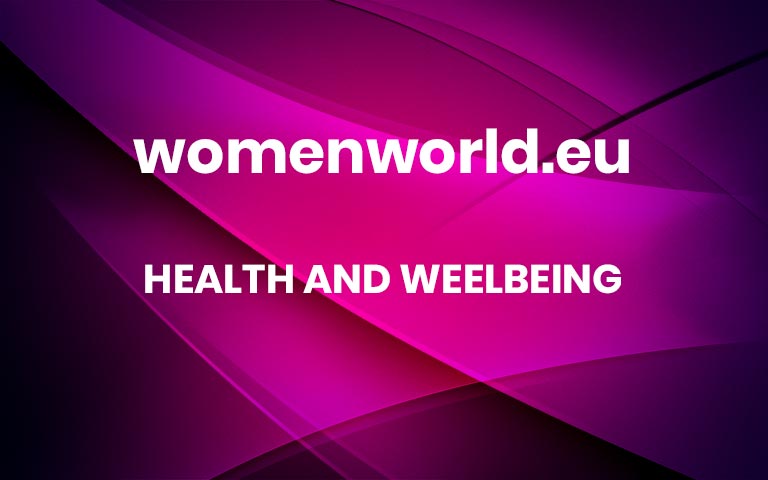Here’s How Contraception Can Impact Your Oral Health
When women think about birth control, they usually focus on the usual suspects – their periods, skin, mood, maybe even weight. But have you ever stopped to think about how your contraception might impact your oral health? Yup, your birth control can affect your oral health. Whether you’re on the pill, patch, injection or an implant, Dr Ockert Bekker, dental surgeon, explains how these hormones could be sneaking into your smile.
Contraception And Oral Health: What’s the Deal?
Hormonal birth control, especially those containing oestrogen and progesterone, can impact your gums. These hormones don’t just regulate ovulation, they also affect blood flow in your mouth, which can make your gums more reactive to plaque and bacteria.
The result? Some women notice that their gums become extra sensitive, swollen, or even bleed a bit when brushing or flossing – especially in the first few months of starting birth control or changing over from one to another. This is known as hormonal gingivitis, and while it might sound scary, it’s manageable with good oral care and regular checkups. It’s also common during puberty, menstruation, pregnancy, and menopause.
READ MORE: 5 TikTok Teeth Trends A Dental Surgeon Says You Should Skip
What About Bone Health?
Here’s something else many people don’t know: long-term use of certain hormonal contraceptives, particularly the injectable types that are quite popular in South Africa, may slightly reduce bone density, including in your jaw. Over time, that could weaken the support structure around your teeth, especially if gum disease is already in the picture.
If you’ve got a family history of gum issues, smoke, or have conditions like diabetes, the risk may be a bit higher – but again, knowledge is power.
Unexpected Side Effects to Watch For
Some women on hormonal birth control experience dry mouth (called xerostomia). That might not sound like a big deal, but saliva is your mouth’s natural defence system. It helps wash away food particles, neutralise acid, and prevent cavities and bad breath. Less saliva = more chance for trouble. On the flip side, a few women report more saliva than usual, but this is less common.
READ MORE: 5 Tips To Prevent Stained Teeth & Brighten Your Smile
So, What Can You Do?
Using contraception means upping your oral health practices. Here’s how:
Brush & floss like a pro – Twice a day with fluoride toothpaste and daily flossing, even if your gums feel a bit tender.
Use a soft-bristled toothbrush – Kind on your gums, tough on plaque.
Stay on top of your dental checkups – Every six months is ideal. Let your dentist know if you’ve started or changed contraception.
Drink lots of water – It helps with dry mouth and keeps things fresh.
Consider a calcium and vitamin D supp – These support healthy bones and may be especially useful if you’re using a long-term hormonal method.
But… Not All Birth Control Is the Same
Higher-dose or older-generation pills are more likely to cause gum issues than newer, low-dose versions. The same goes for injectables, which are linked to inflammation and, in some cases, reduced bone density.
If you’re prone to gum problems or just want to play it safe, have a chat with your doctor about lower-impact options, like a copper IUD, for example, which doesn’t contain hormones at all.
READ MORE: The Surprising Way Your Menstrual Cycle Affects Your Smile
Your birth control should support your life and your health – not work against it. By being aware of how hormonal contraception can affect your teeth and gums, you can make smarter, more holistic decisions for your body.
By Dr Ockert Bekker, Founder and Dental Surgeon at Bekker Dental & Aesthetics
About Dr Bekker
Founder and Dental Surgeon at Bekker Dental & Aesthetics
Dr. Ockert Bekker is a highly accomplished dental professional known for his passion and dedication to excellence in patient care and advanced dentistry. He holds a BChD from the University of the Western Cape (UWC), along with multiple postgraduate diplomas in Endodontic and Aesthetic Dentistry. His pursuit of continuous learning led him to complete an Implant Fellowship at New York University (NYU) and an Orthodontic Aligner Fellowship, further enhancing his ability to offer cutting-edge dental solutions.
Dr. Bekker prides himself on staying at the forefront of modern dentistry, embracing a holistic approach to dental care that combines technical expertise with a patient-centred philosophy. His practice, Bekker Dental & Aesthetics, with branches in Durbanville and Paarl, is equipped with the latest technology to ensure personalised treatments that prioritise long-term oral health and aesthetic excellence. More


